U.S. Climate Alliance Releases Climate and Land Use Policy Guide, Including EV Adoption
The U.S. Climate Alliance has unveiled its comprehensive policy guide, Climate and Land Use Planning: A Policy Guide for U.S. States and Territories. This essential resource is designed to help states better understand how land use planning can not only reduce climate pollution but also build resilience to the impacts of human-caused climate change. The U.S. Climate Alliance is a bipartisan coalition of 24 governors ensuring America’s net-zero future by advancing state-led, high-impact climate action.
For the transportation sector, the guide recommends a two-pronged approach. One is reduction in the reliance on vehicles. The other is supporting electric vehicle (EV) adoption, including more affordable EVs and more widespread EV charging infrastructure. EVs are the most eco-friendly form of transportation, which fight climate change.
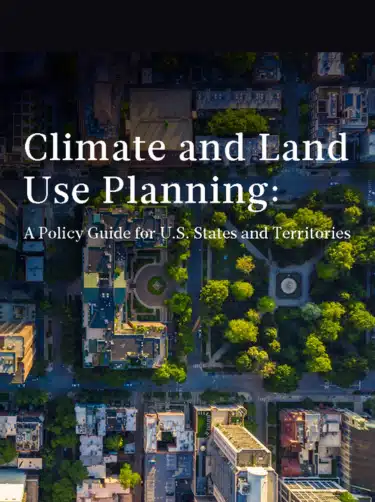
Key Goals: Reducing Emissions and Building Resilience
One of the core focuses of the guide is on prioritizing greenhouse gas (GHG) emissions reductions, carbon sequestration, and overall climate resilience. To achieve these goals, the guide emphasizes the need for a balanced approach across various sectors, including transportation, power and industry, and natural and working lands. By integrating climate considerations into land use planning, states can achieve significant co-benefits that improve the quality of life in communities.
However, the guide acknowledges that states may face trade-offs in trying to balance emissions reductions and climate resilience with other state objectives. Addressing these challenges requires systematic, cross-sector collaboration, as well as active engagement with stakeholders at all levels of government.
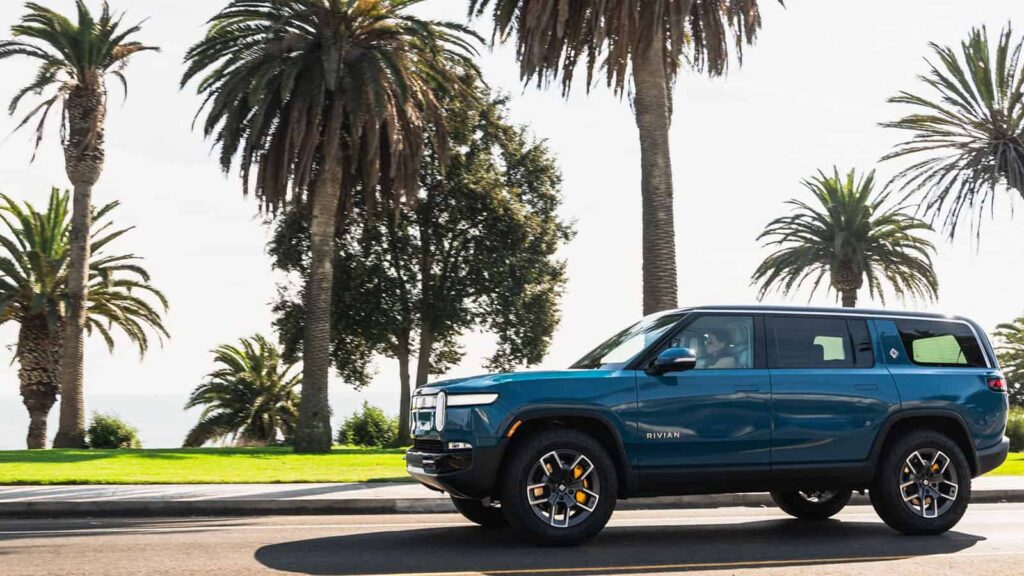
Transportation: Building Location-Efficient Communities, Increasing EV Adoption
In the transportation sector, the guide highlights the importance of location-efficient development (LED) policies. These policies aim to promote community design, development, and infrastructure investments that bring people, services, and destinations closer together. Compact, mixed-use development enables the creation of communities where people can live, work, and shop without relying heavily on cars. This, in turn, reduces vehicle miles traveled (VMT), curbing transportation-related emissions.
In addition, these LED policies complement efforts to transition to electric vehicles (EVs) by facilitating the faster deployment of EV charging infrastructure. With shorter-range, affordable EVs becoming more practical due to reduced travel distances, states can address concerns like range anxiety and make EV ownership more accessible to consumers. Compact communities with fewer driving demands will also reduce energy consumption, contributing to a more sustainable transportation ecosystem.
The guide recommends siting development and transportation infrastructure in lower-risk areas, helping to improve community resilience while reducing emissions. Nature-based solutions (NBS) that enhance access to natural amenities can also promote active transportation and improve public health outcomes.
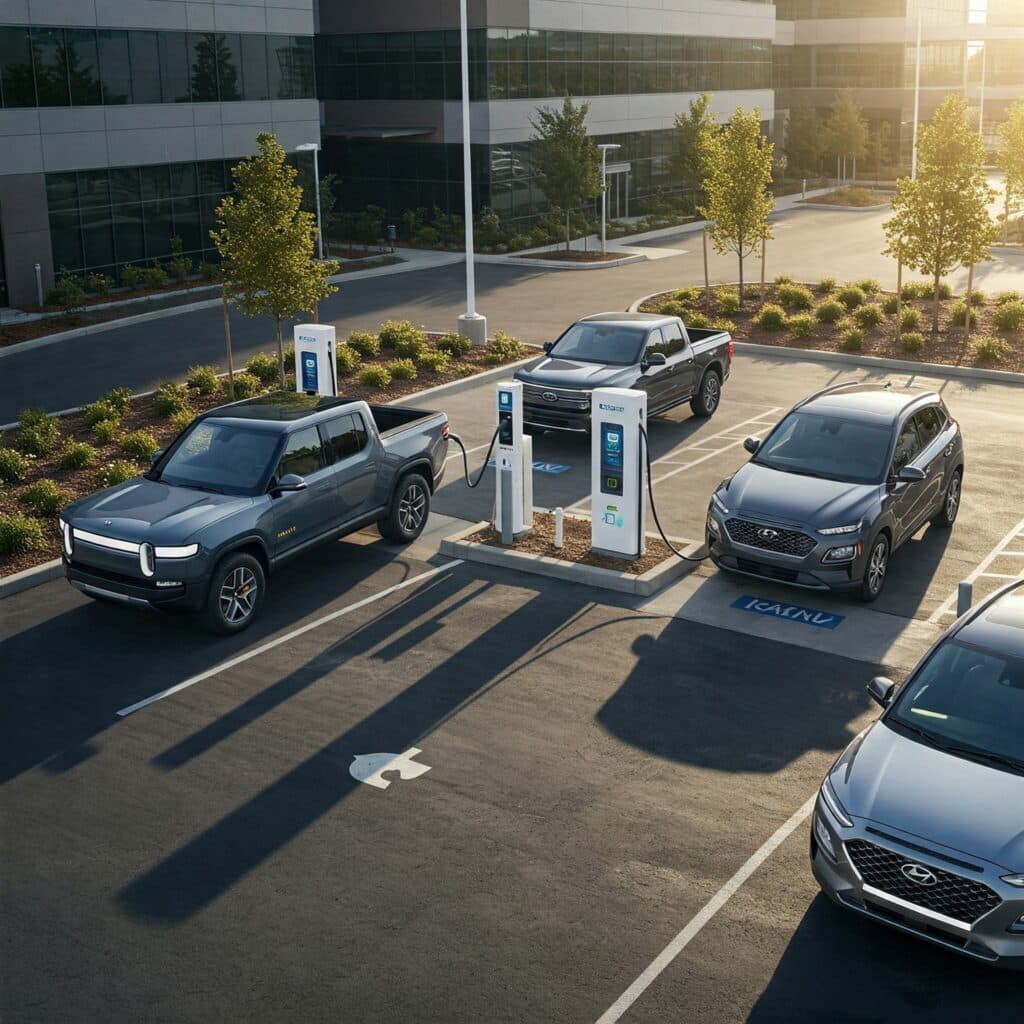
Power and Industry: Supporting Clean Energy and Decarbonization
The guide encourages states to consider location efficiency when planning for renewable energy infrastructure, such as wind, solar, and zero-emissions infrastructure (ZEI). With many states already setting ambitious clean energy goals, such as 100% renewable energy by 2050, the guide suggests that deploying ZEI in strategic areas will maximize benefits for both ecosystems and communities.
Additionally, compact development and industrial clustering can help reduce emissions by promoting shared infrastructure and resources, making it easier for facilities to adopt decarbonization solutions. Distributed energy resources, such as onsite solar power and battery storage, can also reduce reliance on grid electricity and help states meet their clean energy targets while minimizing land consumption.
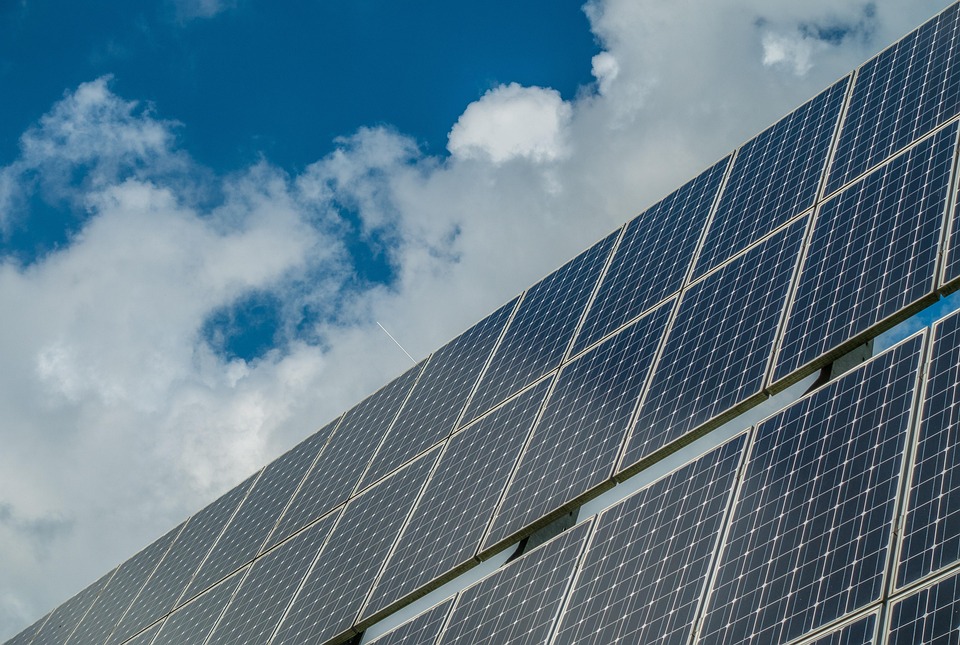
Natural and Working Lands: Preserving Carbon Sinks and Biodiversity
In the natural and working lands (NWL) sector, the guide stresses the importance of protecting ecologically sensitive areas and natural carbon sinks. By prioritizing development away from these areas, states can safeguard vital habitats for biodiversity, preserve floodplains, and maintain water quality. These actions are crucial for enhancing both climate resilience and carbon sequestration.
The guide recommends converting previously disturbed lands or redeveloping brownfield sites instead of utilizing undeveloped greenfield areas. In cases where land conversion is unavoidable, prioritizing native vegetation can help sequester carbon and support biodiversity.
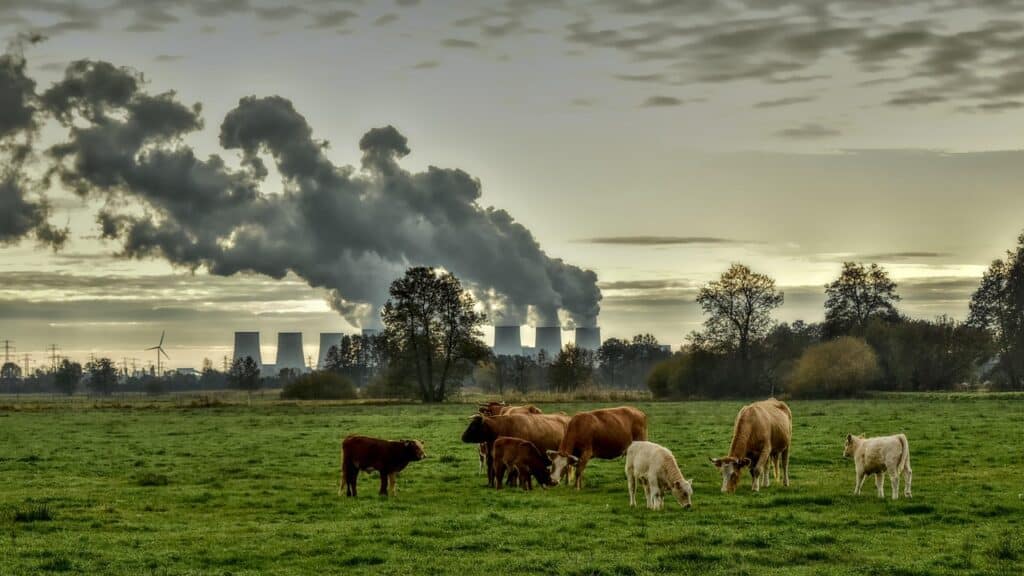
Buildings: Energy-Efficient, Resilient Construction
Location-efficient communities also encourage energy-efficient building practices. The guide emphasizes that compact housing is typically less material-intensive, leading to fewer emissions associated with construction materials. Additionally, smaller housing units generally consume less energy for heating and cooling, further contributing to emissions reductions.
The guide highlights the potential of LED policies to improve building efficiency by supporting stronger building codes, efficient appliances, and low-carbon building technologies like heat pumps and geothermal systems. These measures not only reduce energy consumption but also support resilience by encouraging heat-resilient designs and urban tree planting, which can help cool buildings and reduce cooling energy demand.
U.S. Climate Alliance to the International Community: “We Will Continue America’s Work to Achieve the Goals of the Paris Agreement”
The Paris Agreement is an international treaty that aims to reduce greenhouse gas emissions and limit global warming. It was adopted in 2015 and went into effect in 2016.
In light of the recent announcement that the U.S. administration will withdraw from the Paris Agreement, the co-chairs of the U.S. Climate Alliance – New York Governor Kathy Hochul and New Mexico Governor Michelle Lujan Grisham – reaffirmed their commitment to climate action. On January 20, 2025, they delivered a powerful letter to UN Climate Change Executive Secretary Simon Stiell, emphasizing that U.S. climate efforts will continue, regardless of federal policies.
“We write as co-chairs of the United States Climate Alliance, a bipartisan coalition of two dozen governors representing nearly 60 percent of the U.S. economy and 55 percent of the U.S. population, to make it clear to you, and the rest of the world, that we will continue America’s work to achieve the goals of the Paris Agreement and slash climate pollution,” said Governors Hochul and Lujan Grisham in their letter. “We will not turn our back on America’s commitments. For our health and our future, we will press forward.”
The governors noted that the Alliance has long been prepared for such a moment. Established in 2017, after the previous U.S. withdrawal from the Paris Agreement, the U.S. Climate Alliance has played a crucial role in driving state-level climate action. The Alliance’s ongoing efforts underscore the authority that state governors have under the U.S. Constitution to advance impactful and innovative climate solutions at the regional level.
With a proven track record of results, the U.S. Climate Alliance remains steadfast in its mission to tackle climate change and reduce greenhouse gas (GHG) emissions. The Alliance is committed to tracking its progress and will report on its continued climate leadership at the UN Climate Change Conference (COP30) later this year in Brazil.
Since its formation, the U.S. Climate Alliance has made significant strides. Between 2005 and 2022, the states and territories within the Alliance reduced their collective net GHG emissions by 19%, while simultaneously boosting their collective GDP by 30%. This demonstrates that economic growth and climate action can go hand in hand.
The Alliance is also on track to meet its near-term climate goal of reducing collective GHG emissions by 26% below 2005 levels by 2025. This achievement is a testament to the effectiveness of state-level leadership in addressing climate change.
In addition to emissions reductions, the Alliance has seen positive developments in other areas. States within the coalition are employing more workers in the clean energy sector, leading the way in creating green jobs. These efforts have also resulted in lower levels of dangerous air pollutants, which improve public health, and increased resilience in preparing for climate impacts.
In the face of obvious federal mistakes, the U.S. Climate Alliance has made it clear that climate action will not be hindered. In recent weeks, the Alliance has reiterated its resolve, through public statements from its co-chairs, participation in international climate events such as COP29, and collaborations with other subnational climate action coalitions like America Is All In and Climate Mayors.
The governors have also expressed their continued commitment in a video featuring members of the Alliance’s executive committee, reinforcing the message that climate action will remain a top priority for U.S. states and territories.
The American Lung Association also supports EV adoption. The organization says that the transition from polluting gas vehicles to clean EVs would result in cleaner air, leading to reductions in harmful emissions and improvements in respiratory and cardiovascular health for millions of Americans.
EVinfo.net Commends the U.S. Climate Alliance, America Is All In and Climate Mayors
In the face of horribly backwards movement by the federal government in 2025 and beyond, action by forward-thinking state and local leaders, private investors, and other climate and electric vehicle stakeholders is crucial. EVinfo.net fully supports the U.S. Climate Alliance, America Is All In and Climate Mayors, and we urge you to do the same. Join us for a cleaner, greener, more prosperous future. Do everything you can to support these wonderful, forward-thinking organizations.

Electric Vehicle Marketing Consultant, Writer and Editor. Publisher EVinfo.net.
Services